How White Flower oil eased a million aches and pains, and remained a family concern
The pungent cure-all oil blend is an Asian institution, offering relief from everything from headaches to travel sickness. We look at its history, from humble beginnings in 1920s Penang to today’s modern Hong Kong factory
PUBLISHED : Saturday, 02 June, 2018, 10:15am
UPDATED : Saturday, 02 June, 2018, 8:08pm
Richard Lord
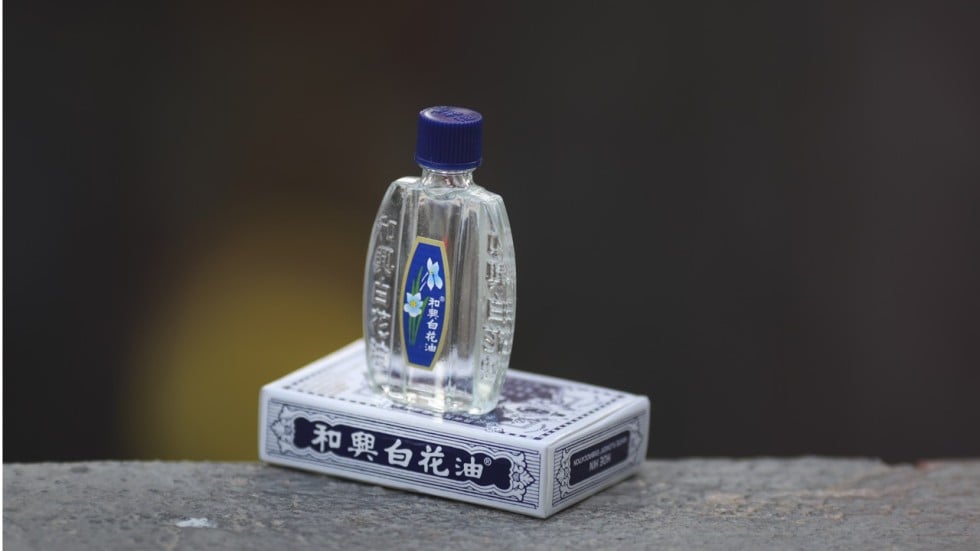
All the White Flower oil in the world springs from the same source. An average-looking unit in a nondescript factory building pumps out 60,000 bottles a day of the medicinal oil that, for the best part of a century, has been the first recourse for many people in Asia suffering from an array of ailments – dizziness, headaches, colds, itching, muscular pain and travel sickness.
Average-looking it might be, but the White Flower oil factory in Chai Wan, at the eastern end of Hong Kong Island, is far from average smelling. From the street, there’s no clear indication – either visual or olfactory – as to what is made inside, but exit the second-floor lift and the factory’s bracing scent, with unmistakable notes of menthol, eucalyptus and wintergreen, clears the sinuses and makes the eyes water.
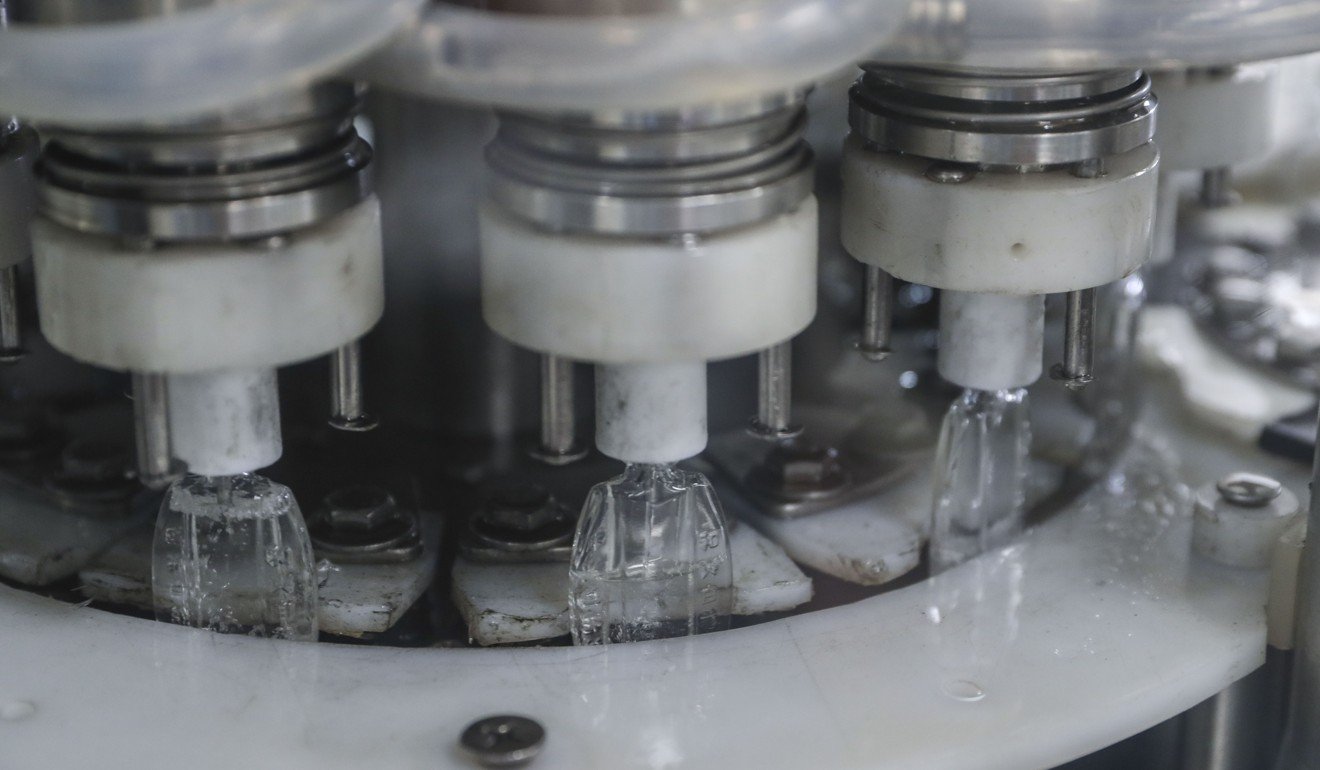
Inside the White Flower Oil factory in Chai Wan. Photo: K.Y. Cheng
Those three ingredients, together with camphor, lavender and peppermint (another source of menthol), are what makes White Flower oil, or Hoe Hin Pak Fah Yeow, so widely used as a medication.
“White flower” is something of a misnomer. It doesn’t refer to the principal ingredient, but the white narcissus, aka the daffodil, which was the favourite flower of Gan Geok Eng, who started selling the oil in Penang in 1927, before incorporating the company in Singapore in 1935 and moving to Hong Kong in 1951.
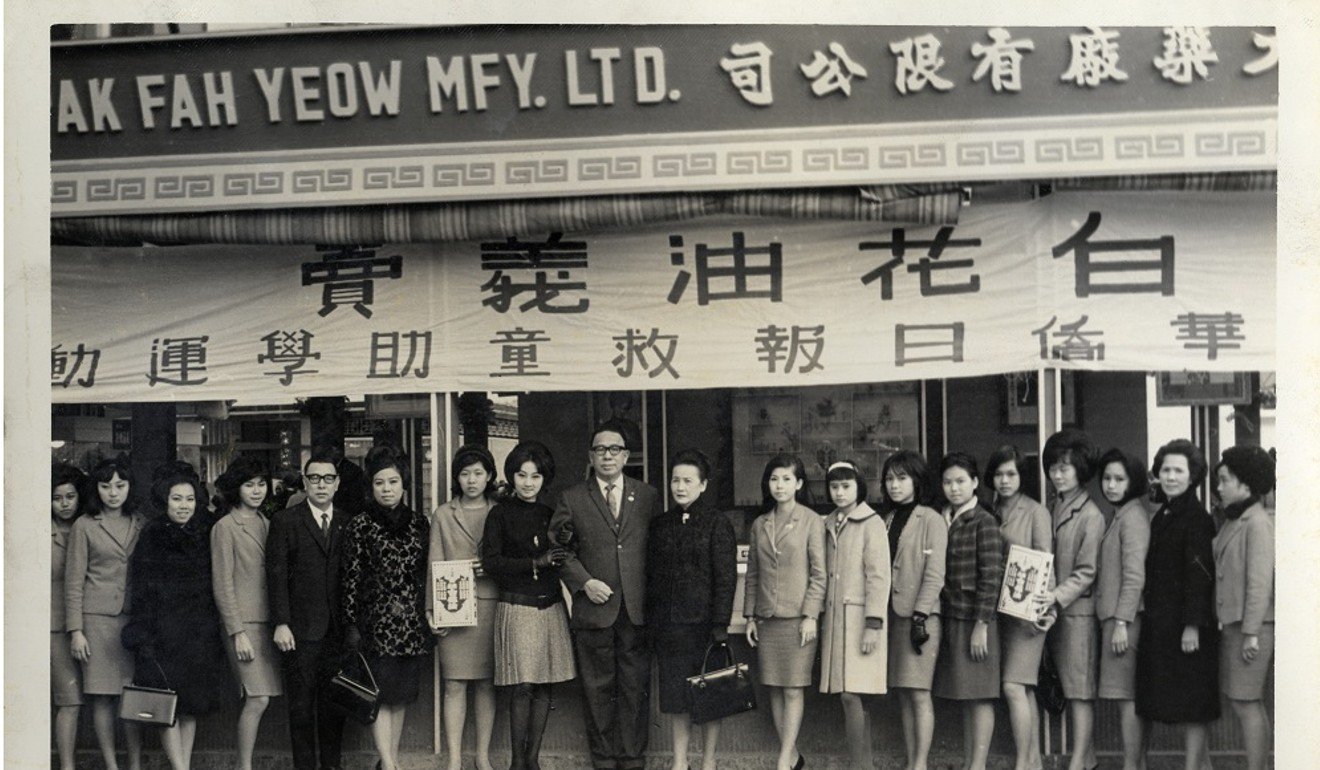
Founder Gan Geok Eng with employees in the 1960s. Photo: courtesy of Hoe Hin Pak Fah Yeow
Gan died in 1981, and today the company he established, Hoe Hin Pak Fah Yeow, is run by his descendants, although a minority share in the firm was floated in the early 1990s.
I use it almost every day. If I don’t have it with me when I travel, I don’t feel safe. I take it with me in case I can’t find it overseas. I have to have it in my pocketSTEPHEN GAN FOCK-WAI, EXECUTIVE DIRECTOR
His son, Stephen Gan Fock-wai, who started working at the company in 1986, is an executive director and the public face of the company; the founder’s oldest grandson, Sean Gan Wee, is chairman and CEO; Sean Gan’s son, Gavin Gan Cheng-hooi, is an executive director; and Stephen Gan’s sister, Anita Gan Fook-yin, is a non-executive director.
Unfortunately, the origins of White Flower oil are lost in the eucalyptus-heavy mists of time, largely because the company founder appears to have been an unreliable narrator.

Stephen Gan is an executive director of Hoe Hin Pak Fah Yeow. Photo: K.Y. Cheng
“We cannot verify where the formula came from,” says Stephen Gan. “My father told me he got it from a German doctor on a cruise ship, but he told other stories to my brothers. One was that it’s a family recipe from my grandfather. Who invented it, we don’t know.”
Gan is also not sure why his father decided to move to Hong Kong, although he has his theories.
“Hong Kong was a very promising place. He was travelling a lot and did business in many parts of Asia – Burma, Indonesia, Malaysia, Thailand, the Philippines. I didn’t ask him why he came to Hong Kong. But it was where he met my mother – that may be the reason why. I do know that when the business started here it was very tough.”
He attributes the brand’s eventual success to a combination of the product itself and his father’s flair for marketing.
“I think White Flower oil is a very good formula … a very good base for the business to grow from. The formula is unique – a blend of essential oils balanced between yin and yang. And we use high-quality ingredients and a strict manufacturing process.
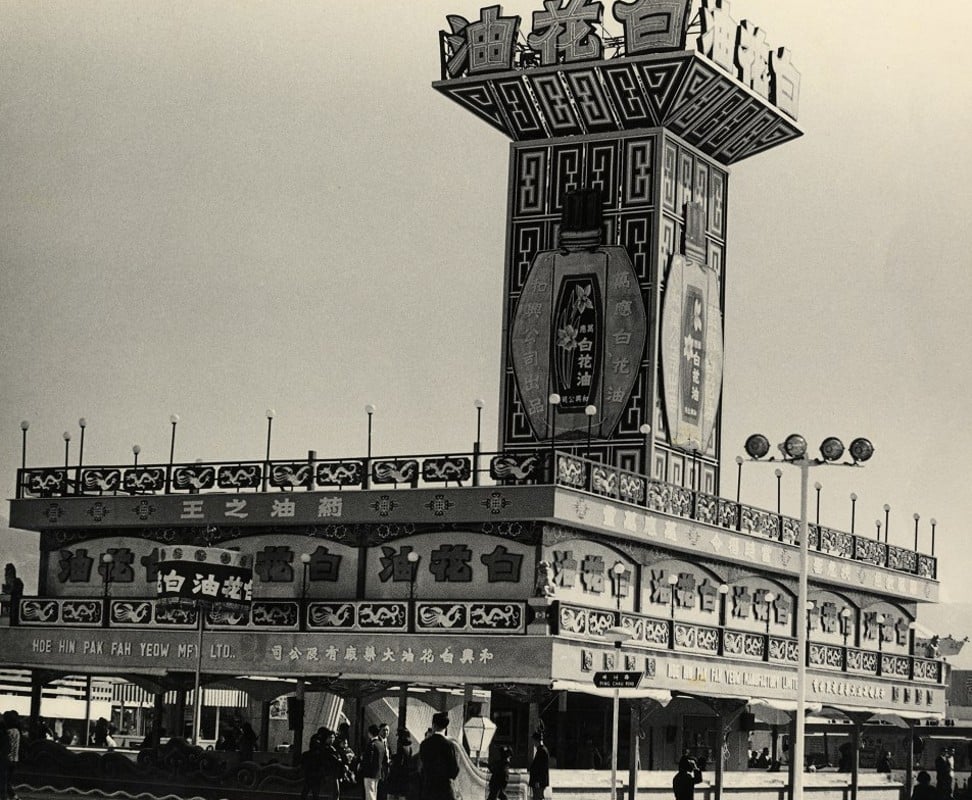
An undated image of advertising for White Flower oil. Photo: courtesy of Hoe Hin Pak Fah Yeow
“Also, my father always had very good marketing sense. He gave samples to a lot of celebrities, and it just spread by word of mouth. He became friends with movie directors and got it into films – product placement was a new idea. And after the 1960s there were a lot of exhibitions every year in Hong Kong, and we took part in many of them.”
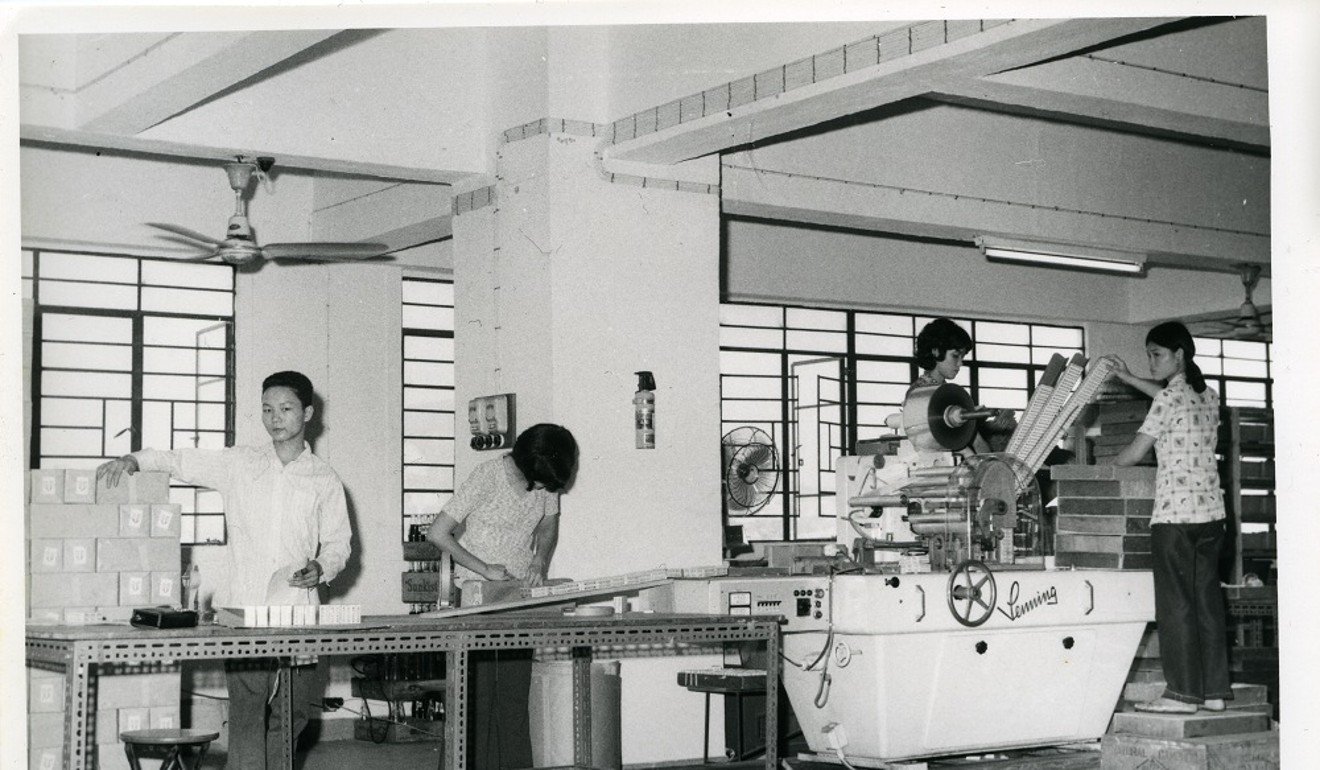
Employees making White Flower oil in the 1960s. Photo: courtesy of Hoe Hin Pak Fah Yeow
The brand expanded to Southeast Asia in the 1960s, then China in the 1970s, at which point it also started looking at Western markets. These days, White Flower oil is sold in 15 countries and regions.
As well as Hong Kong, it is also a big seller in southern China (not so much in the north), Taiwan and to a lesser extent Singapore. It’s also a hit in the Philippines, where it has been sold since the 1970s.
There are only four products in the White Flower range: the original White Flower oil; a version with a floral scent; a version targeted at joint relief; and Fuzai 239, which is aimed at a younger demographic.
“Of course, some people think it smells too strong,” says Gan. “You can smell menthol, the top note. Some people like it, some people don’t. But it’s a kind of aromatherapy – if it wasn’t so strong and didn’t smell like that, it wouldn’t work.”










 Reply With Quote
Reply With Quote